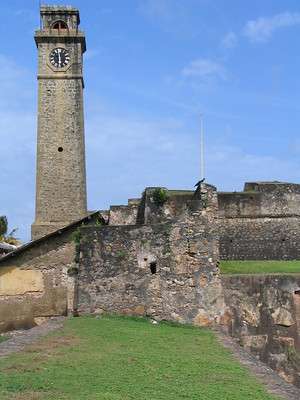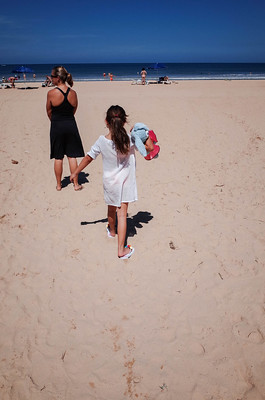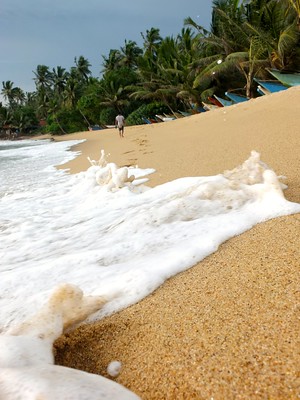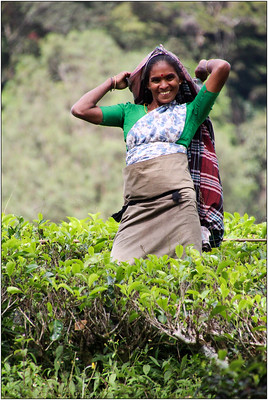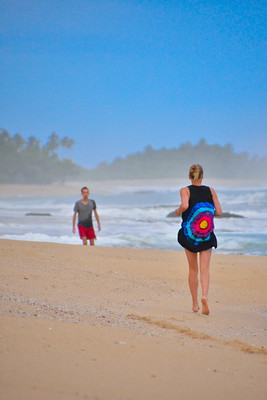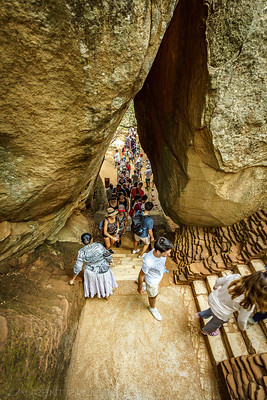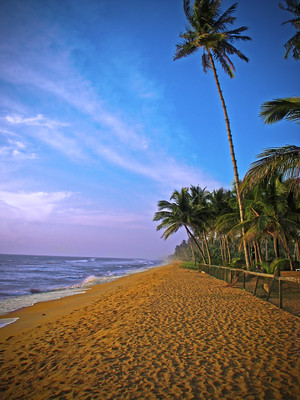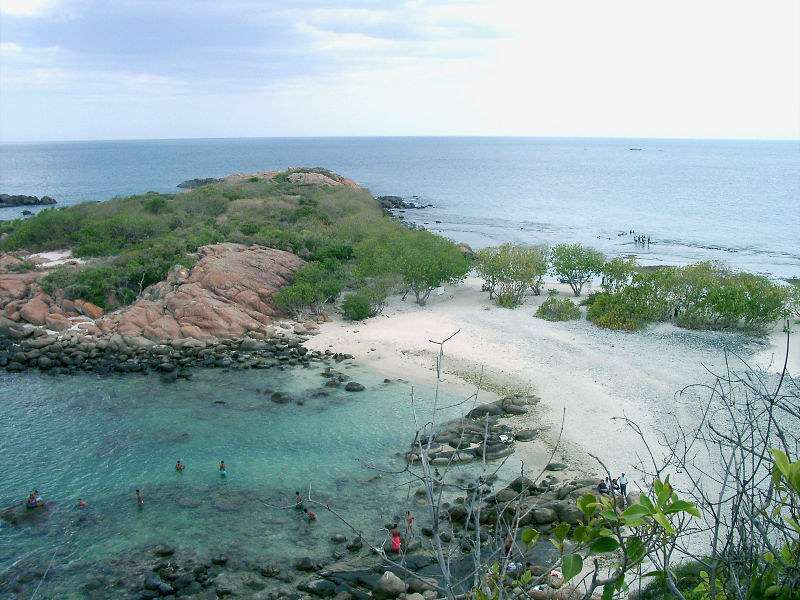PIGEON ISLAND - SRI LANKA
Nestled off the northeastern coast of Sri Lanka, Pigeon Island stands as a testament to the country’s diverse and captivating natural wonders. With its pristine white sandy beaches, crystal-clear turquoise waters, and vibrant coral reefs, Pigeon Island has earned its reputation as a paradise for nature lovers and snorkeling enthusiasts alike. Let us embark on a journey to explore the captivating beauty and unique ecosystem of this enchanting island.

Pigeon Island is located within the Pigeon Island National Park, a protected marine sanctuary that spans approximately 471 acres. It is easily accessible from the coastal town of Trincomalee, making it a popular destination for both locals and international travelers seeking to immerse themselves in the breathtaking beauty of the Indian Ocean.

The island’s name, derived from the rock pigeon colonies that once inhabited its shores, does little justice to the remarkable marine life that thrives beneath its azure waters. As visitors venture into the marine sanctuary, they are greeted by a kaleidoscope of colors and an underwater world teeming with life. The coral reefs that encircle the island are home to over 100 species of corals, including vibrant soft corals and intricate hard corals, creating a visually stunning and ecologically diverse ecosystem.
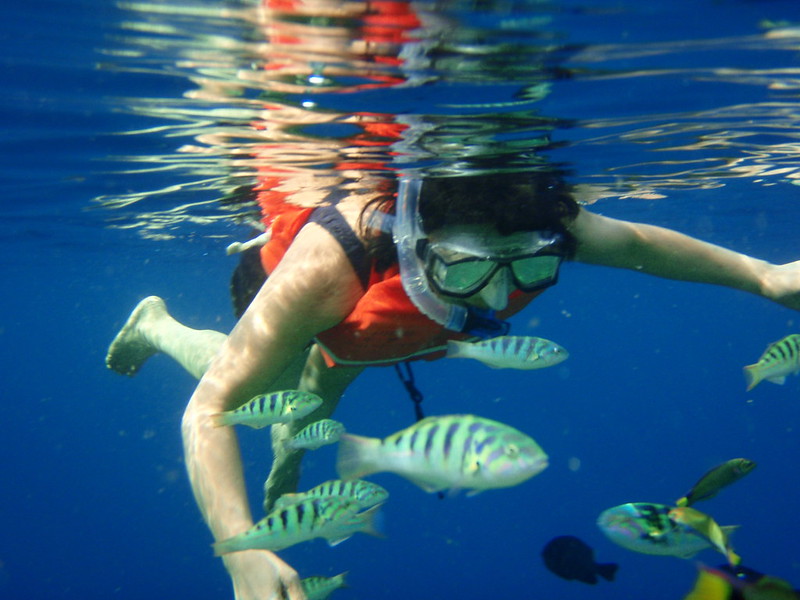
Snorkeling enthusiasts are in for a treat as they delve into the underwater realm surrounding Pigeon Island. The warm, clear waters provide excellent visibility, allowing visitors to witness an array of marine creatures in their natural habitat. Schools of colorful reef fish, including parrotfish, angelfish, and surgeonfish, dart in and out of the coral formations, creating a spectacle of movement and color. Lucky snorkelers may even encounter turtles gracefully gliding through the water or spot reef sharks patrolling the depths.
Pigeon Island also offers the unique opportunity to witness the remarkable symbiotic relationship between cleaner fish and larger marine species. Cleaning stations can be observed, where cleaner fish pick parasites and dead skin off the bodies of larger fish, providing a valuable service in the underwater ecosystem. It is a mesmerizing sight to witness the trust and cooperation between these different species.
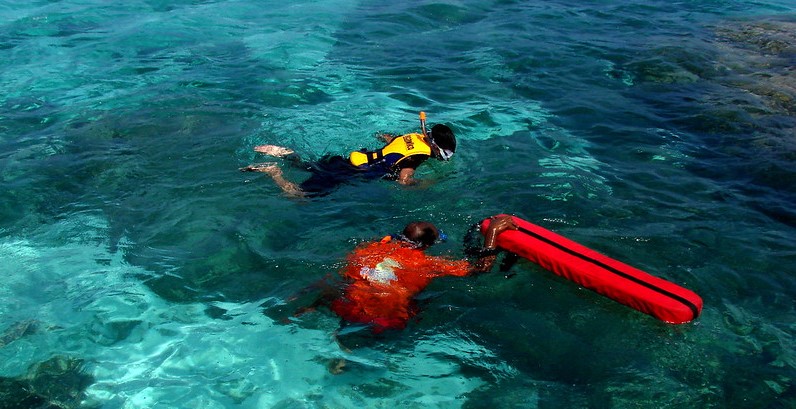
Beyond the vibrant underwater world, Pigeon Island is also a sanctuary for birdlife. The island serves as a nesting ground for a variety of seabirds, including the White-bellied Sea Eagle, Black-naped Tern, and the iconic Blue Rock Pigeon, after which the island is named. Bird enthusiasts will delight in observing these magnificent creatures in their natural habitat, as they soar through the sky or perch on the rocky outcrops that dot the island’s coastline.
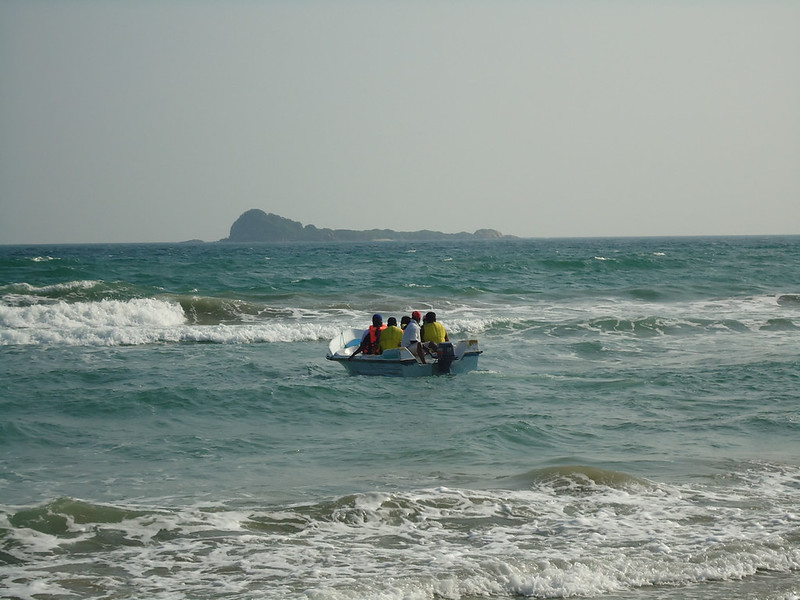
To ensure the preservation of its fragile ecosystem, Pigeon Island has implemented strict conservation measures. Visitors are required to obtain permits from the Department of Wildlife Conservation before entering the national park. These permits help regulate the number of visitors and ensure the protection of the island’s delicate environment. By adhering to these regulations, travelers can contribute to the long-term sustainability and preservation of Pigeon Island’s natural beauty.
When visiting Pigeon Island, it is important to practice responsible tourism. Avoid stepping on or touching the coral reefs, as they are living organisms that take years to grow. Refrain from littering and take care to dispose of any waste properly. By leaving only footprints behind, visitors can help preserve the pristine beauty of this natural sanctuary for future generations to enjoy.
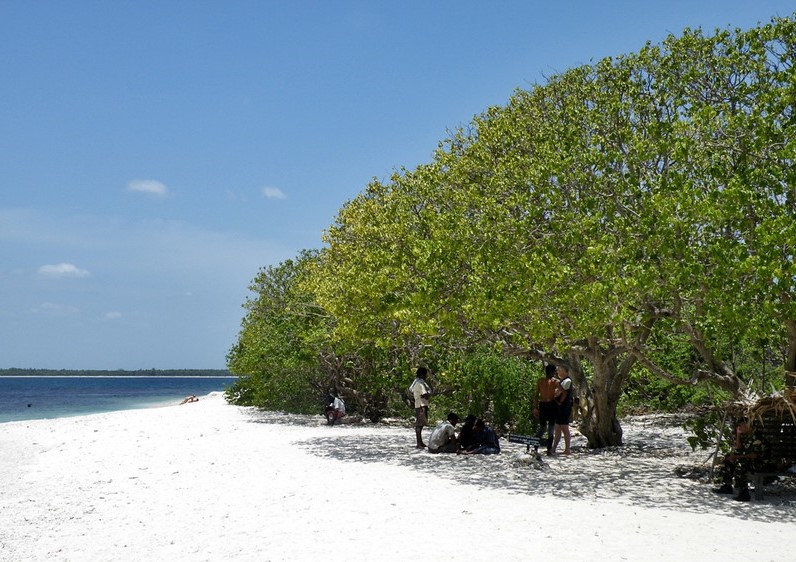
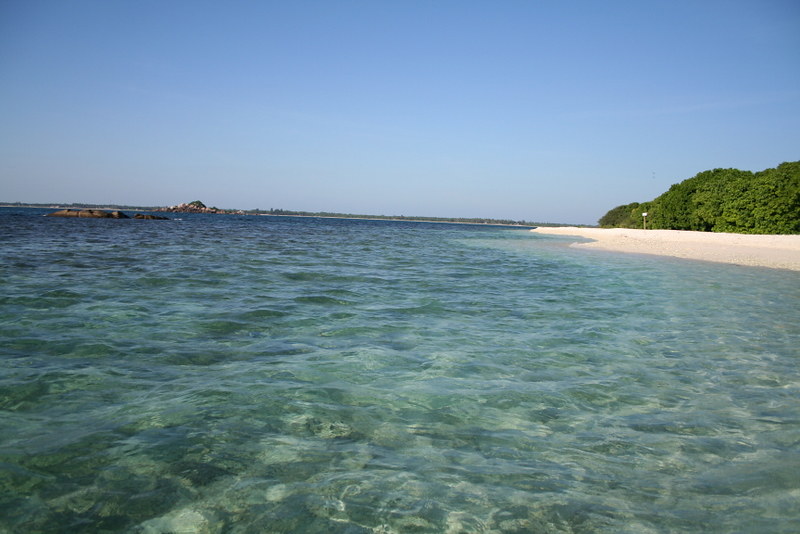
For those seeking an immersive experience, there are several eco-friendly accommodations available in Trincomalee that provide easy access to Pigeon Island. From rustic beachfront cabins to boutique resorts, there are options to suit every traveler’s preferences and budgets.




